Parchment Paper Folding Technique
Posted by in FoodOk, so you’re thinking, cooking with parchment paper packets has to require some trick, or amazing origami moves. It doesn’t! It’s easier than you could have imagined.
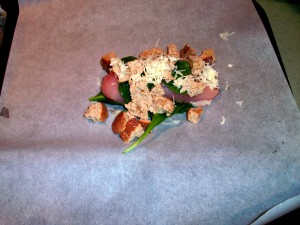 Here’s how to start. The size of parchment you need will depend on whether you’re cooking an individual portion or a family style portion. I find that an individual portion requires about 18 inches of paper. A family style portion needs about 24 inches.
Here’s how to start. The size of parchment you need will depend on whether you’re cooking an individual portion or a family style portion. I find that an individual portion requires about 18 inches of paper. A family style portion needs about 24 inches.
Tear off the parchment and lay it on a baking sheet (it might curl up initially, but once you put food on it, it won’t. If that bothers, you place it so the edges that want to curl up are actually facing down and can’t curl). Place your food in the center. Leave at least 4 inches on the sides.
Now, grab the long ends of the paper and have them meet in the air in the middle, then just 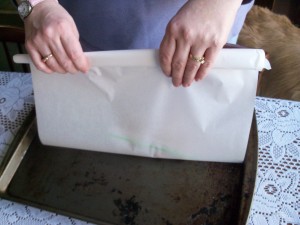 fold them down until you get to the food. You’ll end up with a long package.
fold them down until you get to the food. You’ll end up with a long package.
Now all you have to do is fold the ends up. There are two methods that work. My preferred method is to simply twist the ends. It’s quick, and the paper stays in place (it doesn’t untwist while cooking) and it seals in all the flavors and juices. Easy, no fuss. Love it.
If you would like something that looks a little fancier, treat that end of the 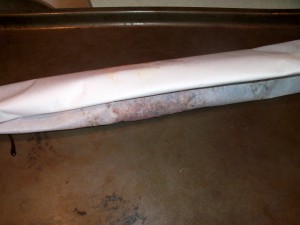 package as if it were a gift. Fold the sides in to create a point, then fold the point up towards the parcel, folding over several times. It’s neat and pretty and symmetrical.
package as if it were a gift. Fold the sides in to create a point, then fold the point up towards the parcel, folding over several times. It’s neat and pretty and symmetrical.
So choose whichever method appeals to you more and go with it.
You bake your packet right on the baking sheet. Sometimes thepackages will weep condensation (just water) a tiny bit, which means you might have to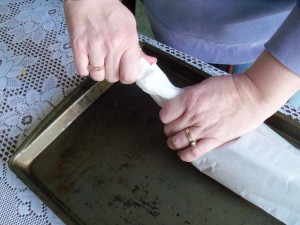 just wipe the baking sheet off when you’re done. If that is not for you, just stick some foil under your packet and you’ll have a squeaky clean baking sheet.
just wipe the baking sheet off when you’re done. If that is not for you, just stick some foil under your packet and you’ll have a squeaky clean baking sheet.
There a few methods available to open your packets. I find the simplest is to just take a knife and make a slit down the center. Then grab the sides of the opening and pull. This keeps all your juices inside the packet, which becomes like a little serving container.
You could also just undo all the folding and open the packet that way.
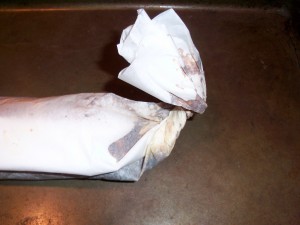 Now, here are some tips I’ve learned:
Now, here are some tips I’ve learned:
– If you’re making more than one packet, space them out on the baking sheet as evenly as possible. They cook faster and more evenly if they’re spaced out.
– I like making entrees as individual portions and sides family style. Everyone gets their own entree and can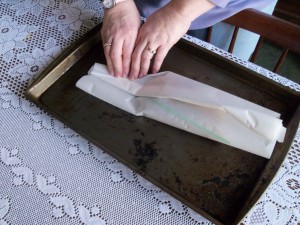 then take what they want from the side packets.
then take what they want from the side packets.
– You can test meat for doneness without opening the packet (which will let out the steam and slow down your cooking process) by poking an instant read thermometer through the parchment into the center of the meat.
– Be sure to let your packet rest about 5 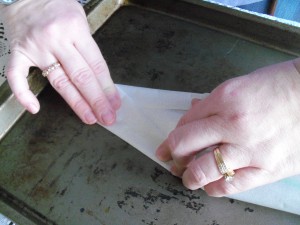 minutes after removing it from the oven. This makes it easier to open (not as much steam coming out) and allows the food to absorb flavor and retain juices.
minutes after removing it from the oven. This makes it easier to open (not as much steam coming out) and allows the food to absorb flavor and retain juices.
‘
You can follow any comment to this entry through the RSS 2.0 Both comments and pings are currently closed.

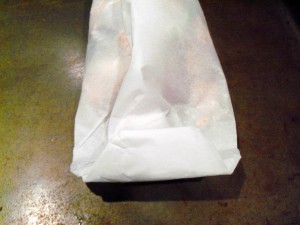
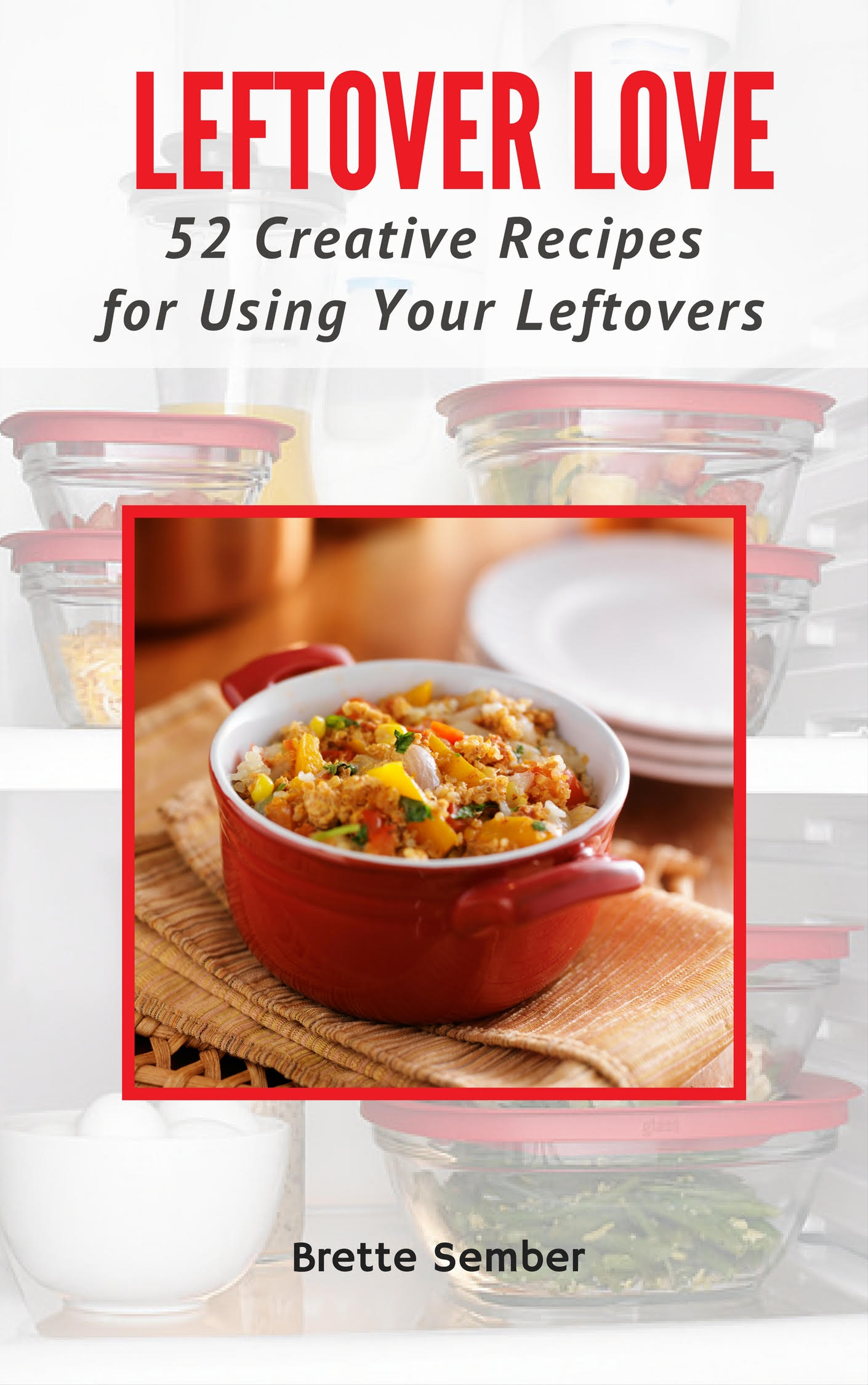
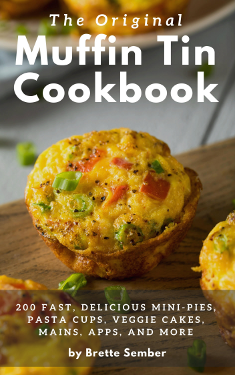





Thanks, this is very helpful. I want to do individual packets with a Lunch Club I organize with a group of teens/young adults with intellectual disabilities. I was worried the folding would be a bit fiddly, but I think we can manage it. I’ll test both your methods ahead of time. My only other worry is about doneness, since we don’t have an instant-read thermometer, but maybe we should invest in one.
The twisting is the easiest, so I would go with that. An instant thermometer would really help – and they aren’t very expensive.